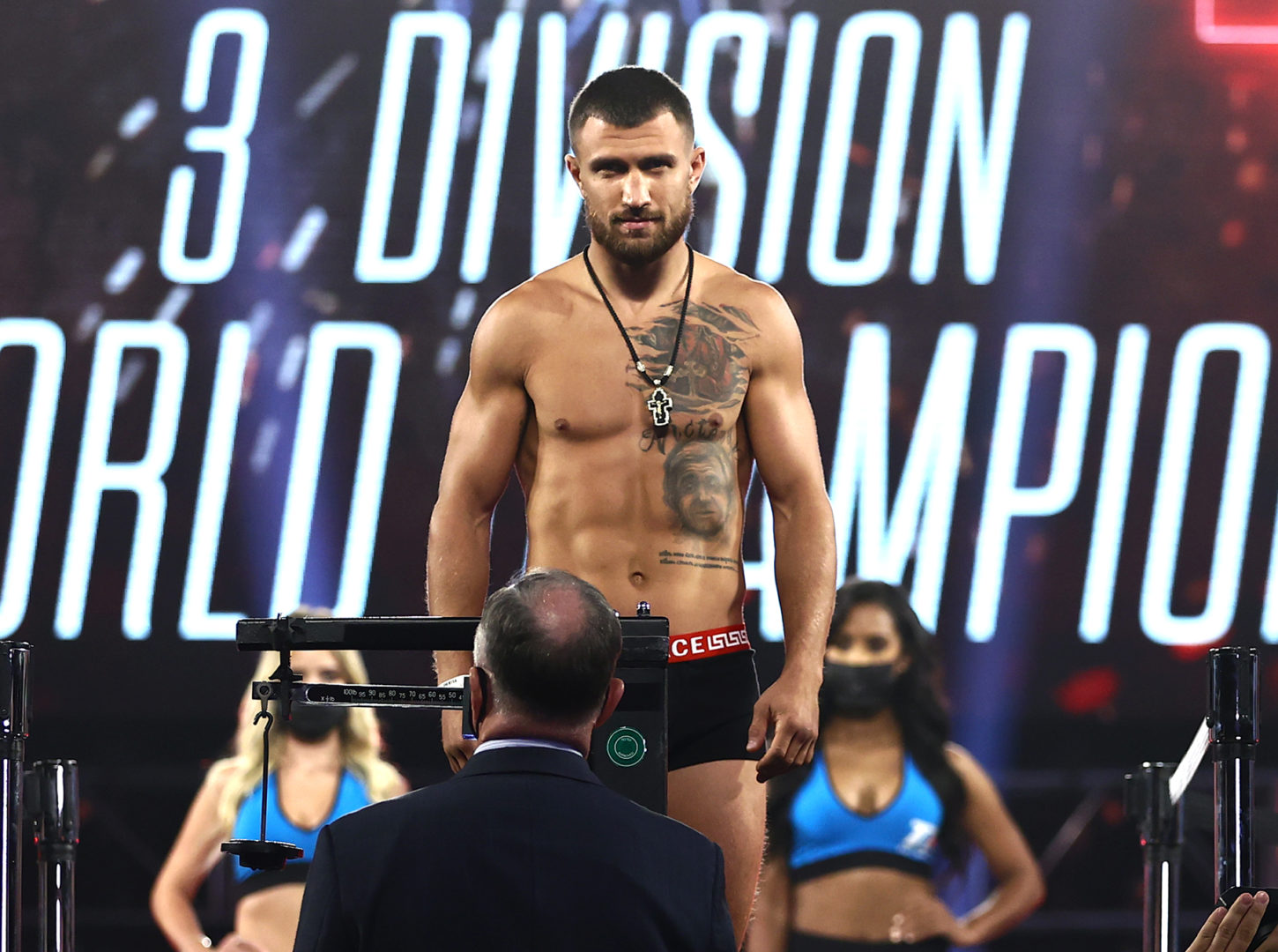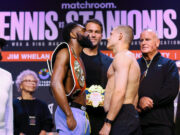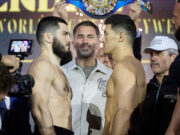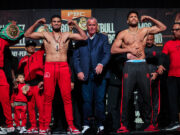Let’s face it. Boxing is seldom talked about on Sportscenter, hardly heard on sports radio, and rarely written about in newspapers. If you called up your local sports radio station and wanted to talk about the ‘sweet science,’ chances are you wouldn’t sniff a second of airtime – and you may even get a cheap laugh from the call screener. Conversely, if you wanted to talk about next year’s Super Bowl, you’d get right on the air.
But what if I told you there is a place where boxing cannot get shut out of the discussion? Better yet, what if I told you that place was accessible to all – a place where boxers, journalists, promoters, and fans can come together and collectively drive the discussion about boxing to the next level?
Well folks, it exists. It is called Twitter.
Besides the classic case of “open-mouth, insert-foot” a la Andre Berto after the Edwin Valero killings when he tweeted “R.I.P to Edwin Valero after killing his wife yesterday he just killed himself in jail today. WOW women are a Motherf***er boy RIP E.V.,” (a statement in which he obviously backed off of); Twitter doesn’t have much downside for athletes. It offers a free platform to help build their brand. It acts as a virtual soapbox for boxers to stand on and talk about their upcoming bouts and intentions. Everyone who follows another Twitter user does so willingly and presumably is interested in hearing what the other has to say. Therefore, for boxers, it can be an effective platform to promote themselves and try to gain recognition amongst both boxing heads, as well as the general public.
Some boxers have already recognized the power of social media and have used Twitter to intereact with their fans. Everything Andre Dirrell writes about on his Twitter account is read by 2,388 people. Whatever it is that Zab Judah decides to tweet about reaches 9,985 people. Amir Khan’s messages are delivered to 26,674. Never before has there been constant access to an audience like the access Twitter provides its users. However, unlike your typical average Joes, the use of Twitter by athletes provides them a tool for free advertising. I wonder how many of Zab Judah’s 9,985 followers will tune in to ESPN’s Friday Night Fights on July 16 to watch him take on Jose Santa Cruz simply because they were reminded by “Super” Judah himself via Twitter. Whatever that number is, it can only help the cause.
Keep in mind, this is a two-way street. Similar to how Twitter allows for boxers to reach an audience in a matter of seconds, fans and followers of fighters also have access to the athletes. While fighters have access to an audience at their fingertips, fans have direct access to the athletes. Most boxers I have come across that use the social networking website actively engage their followers, often fielding questions, and allow for sneak peeks into the life of a fighter.
For instance, back in February, I asked Paulie Malignaggi why he taunted Juan Diaz in the 6th round of their first bout, after he seemingly stunned the “Baby Bull”, instead of following up to try and stop the fight. Malignaggi replied in two separate tweets, “S**t happens lol, I knew I had him hurt but was covering up real well. next time it won’t happen. was a mistake on my part, but live and learn.”
On the promotional side, HBO Boxing, Golden Boy Promotions, and Top Rank, Inc. are three boxing forces that have fully immersed themselves into the world of social media. All of them have thousands of followers on Twitter whom they often interact with by posing questions and asking for their follower’s opinions. At times, they respond directly to suggestions and comments or even “re-tweet” a response, which allows for all of their followers to read someone else’s comments. Top Rank Live telecasts regularly show tweets directed at the broadcast between rounds. The constant engagement of promotional companies with fans keep boxing fans interested and talking about the sport, even during the summer months, when the sport seemingly dies down a bit.
Boxing will never get shut out of social media, like it has on television or terrestrial radio. All promotion companies should follow the lead of Top Rank Inc. and Golden Boy Promotions and establish a presence on social media sites. They risk little by investing time, money, and manpower into actively maintaining and using social media because everything they say on these websites will be read by thousands of people. Further, boxers should be excited and jump at the chance to grow their fan base by simply having an active Twitter account.
If used properly, Twitter can act as a complimentary outlet for promoting fights (just ask Malignaggi and Amir Khan, who, together created a buzz with their vicious war of words on Twitter). The boxing industry — fighters and promoters — need to continue to embrace social media and use this free media platform as best they can. The benefits far outweigh the costs.
I encourage you all to join social media revolution. See you there. Twitter.com/KyleKinder






















